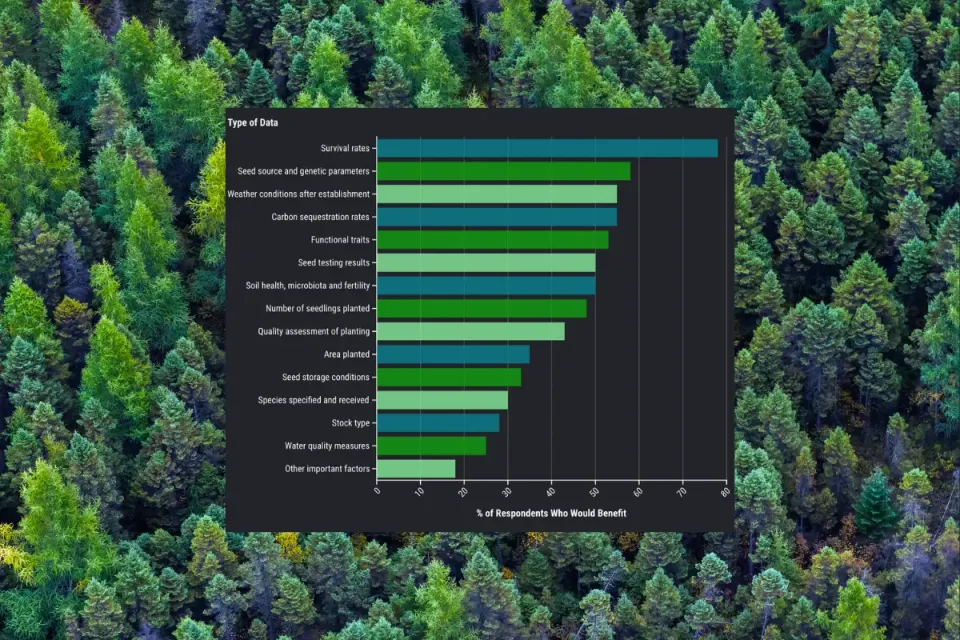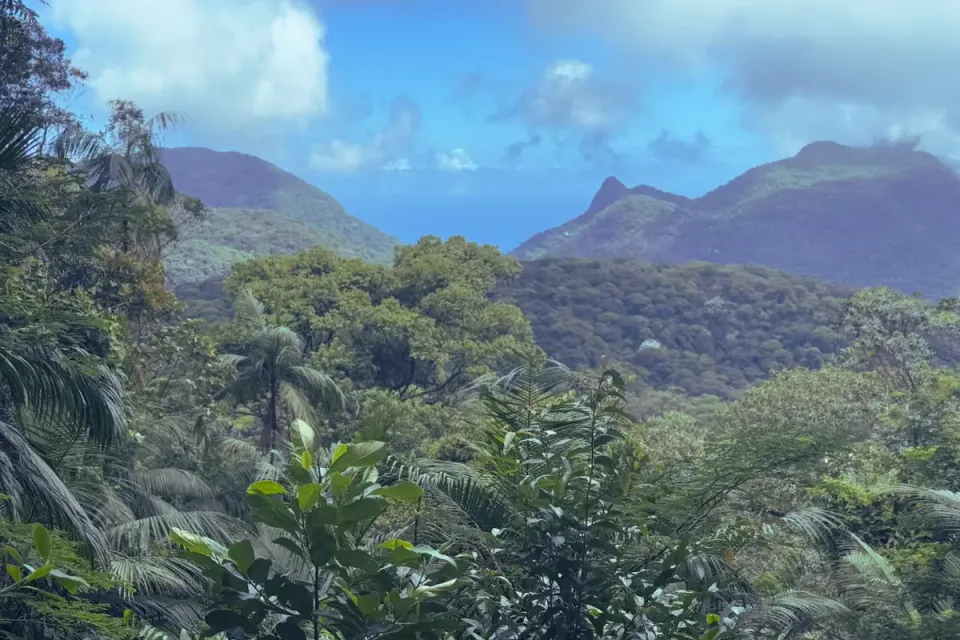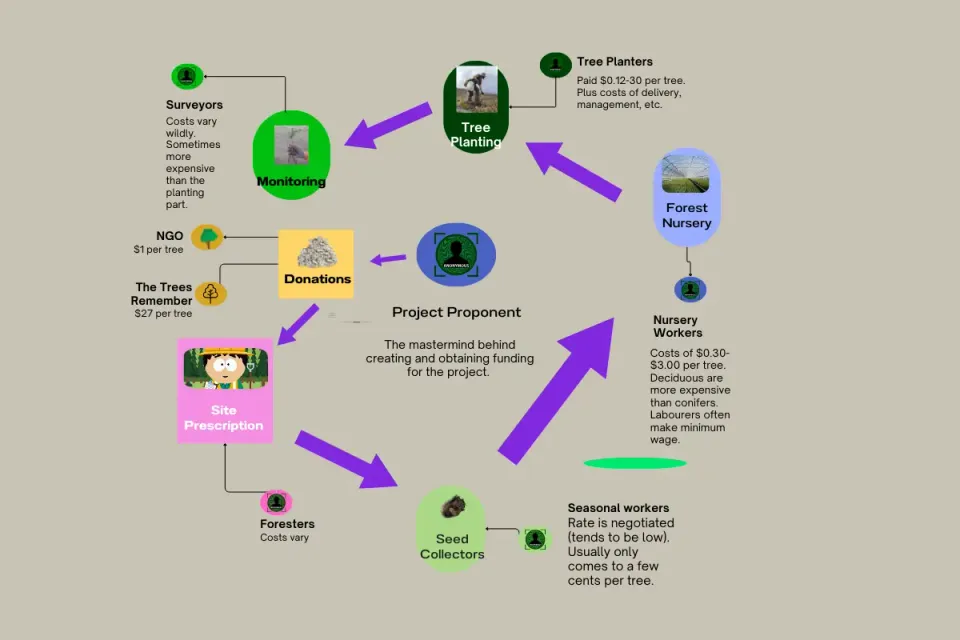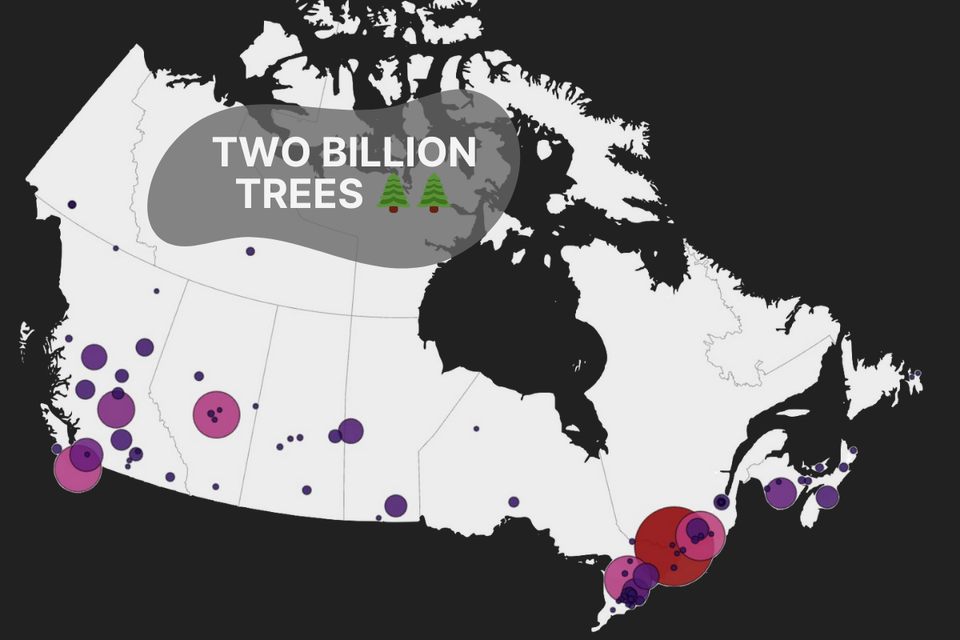The Struggle to Save Zimbabwe’s Dying Wetlands
Zimbabwe’s wetlands are under threat from urban expansion and unsustainable agriculture. Can state and community efforts reverse the damage?
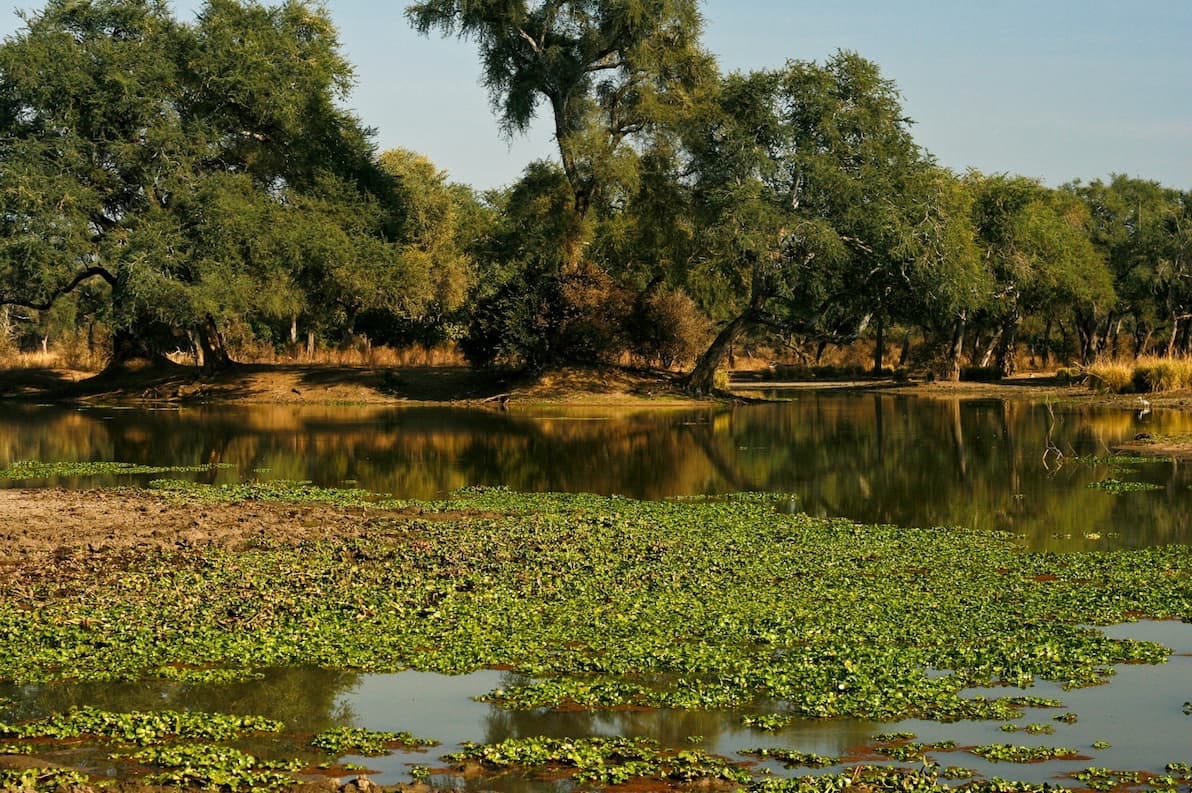
This article by Sally Nyakanyanga originally appeared in Dialogue Earth.
Budiriro 1 and Budiriro 5, two high-density suburbs of Harare in Zimbabwe, were once separated by a wetland. Now, they are separated by “Budiriro 3 Extension”, an illegally built settlement of temporary homes.
As a result of this development, important functions performed by the wetland have been lost, causing flooding, frequent sewer outbursts and increased levels of phosphorus in the water.
This is not an isolated case. A 2020 UN Development Programme report found that in Harare alone, there were “30 wetlands under threat from illegal settlements”.
While the government has made the right noises about protecting these wetlands, it has been accused of not backing up its words with action.
Residents of the new settlement moved there because they needed a home. But they also describe the conditions as beneficial to them, despite the problems they bring. Dialogue Earth spoke to Mary Tawarimira, a Budiriro 3 Extension resident: “It makes urban cultivation viable. It is also cost-effective, especially at a time when there is a scramble to own land.”
Living near the wetlands
Claud Kaharo, a Budiriro 5 resident, says the impact on his community is worst during the rainy season: “Previously, the rainwater will get into the storm drains and [be] directed into the wetland, and the wetland will absorb the water. However, over the years that has not been happening due to human habitation.”
This means water floods the streets, which brings mosquitoes – and malaria.
“The fact is that in most of these open spaces, people have started putting up illegal structures and doing cultivation on wetlands. Moreover, they are dumping rubbish everywhere [and] as a result there is a bad stench,” adds Kaharo.
It is also important to note that due to water shortages and the resulting consumption of contaminated water, Budiriro is a hotspot for outbreaks of cholera and other diarrhoea-related diseases. As a result, during the rainy season these waterborne diseases become more rampant.

Longcheng Plaza, built on restricted wetlands in the Zimbabwean capital Harare (Image: Global Press / Alamy)
A natural resource under threat
According to the Zimbabwe Environmental Law Association (ZELA), wetlands cover 3% of Zimbabwe’s area, while the country has seven Wetlands of International Importance. ZELA also states that 21% of the country’s wetlands are stable, whereas 18% are severely degraded and 61% moderately degraded.
According to Leonard Unganai, a climate science expert at Oxfam, a huge element of this degradation is caused by human activity – particularly urban expansion and uncontrolled arable agriculture.
In its 2021 report on the complex challenges of wetlands protection, ZELA decries the practice of turning wetlands into residential areas. It says some now act as a “hive of commercial activities where service stations, housing communities and other business-related facilities have taken over”.
Christopher Gohori, senior programmes officer for the local grassroots organisation Community Water Alliance, says climate change is another root cause for the degradation of the wetlands: “Due to poor rainfall and droughts, people are resorting to cultivation on wetlands where they believe they can harvest more in the event that there is erratic rainfall.”
RECOMMENDEDWater Lands: picturing the world’s wetlands and their peoples
Agricultural activities on wetlands destroy their natural functions, he adds: “Wetlands perform flood attenuation services, slowing down the flow of water and absorbing it, reducing flash floods. However, due to climate change, this service is no longer available as people are now doing farming on the natural water infrastructure.”
The UN Development Programme states wetlands perform other important functions too, such as removing pollutants, serving as wildlife habitats, and acting as groundwater recharge systems. Wetlands also capture and store atmospheric carbon dioxide, allowing it to be converted into other carbon compounds and cellulose and thus mitigating global heating.
Unganai explains that wetlands interact with the climate system in a number of ways, particularly when there is declining rainfall.
“We really need to look at the potential role that wetlands play in terms of biodiversity conservation, livelihood support and also in terms of the climate system, not only in Zimbabwe but globally,” he adds.
Community efforts in vain
There have been community initiatives aimed at stopping cultivation on wetlands, but some residents have carried on.
“They are of the view that if they stop the cultivation – where most of them derive their livelihoods, as they are unemployed – how are they going to survive?” says Kaharo. “In the cities, the only areas for cultivation are mainly on wetlands.”
Kaharo says a residents’ group called Budiriro Water Foundation has been formed to educate communities on the importance of wetlands as sources of water.
“We have also tried to engage local authorities including councillors, members of parliament in our areas, and the Ministry of Environment, Water and Climate, but all these efforts have been in vain, as they have not been able or willing to stop human activities that are causing a threat to wetlands,” Kaharo notes.
Call for coordinated efforts
There have also been national interventions to save Zimbabwe’s wetlands. The Conservation Society of Monavale (COSMO), a support group founded in 2005, took it upon itself to promote and protect Monavale Vlei in Harare.
Miombo
An East African term for a dry, wooded area with sparse, deciduous plants
Characterised by miombo woodlands, Monavale Vlei is an urban wetland. Another of Zimbabwe’s Wetlands of International Importance, it plays an important role in the fragile ecosystem of the Manyame Basin, the main supplier of water for Harare city and its suburbs. It supports a variety of birds, mammals, rodents, amphibians and reptiles.
A COSMO project manager, Dorothy Wakeling, says the Monavale Vlei community has taken significant steps to protect the wetland, collaborating with the municipality of Harare and international bodies to do so.
“The community efforts include reducing biodiversity loss, restoration projects, educational walks, research, outreach to other communities, advocacy and influencing policymakers,” Wakeling tells Dialogue Earth. “We have hired a conservation person who oversees the preservation of the area, and also carries out various awareness programmes to educate stakeholders on the significance of wetlands.”
Zimbabwe is good at formulation of policies, but we have serious challenges when it comes to implementation
Christopher Gohori, senior programmes officer for Community Water Alliance
The government of Zimbabwe, meanwhile, has produced the National Wetlands Guidelines, as well as a Zimbabwe Wetlands Map. It is also in the process of reviewing the Environmental Management Act. But Gohori says there has been an outcry over the lack of action by the relevant authorities, such as the Environmental Management Agency, which comes under the Ministry of Environment, Water and Climate: “Zimbabwe is good at formulation of policies, but we have serious challenges when it comes to implementation.”
Unganai adds that urban expansion into wetlands is the responsibility of the Ministry of Local Government, Public Works and National Housing: “In as much as the Ministry of Environment is encouraging the protection of wetlands, if they don’t get the support or cooperation from the Ministry of Local Government, there is no headway.”
RECOMMENDEDIn Bolivia, a new industry dawns in the threatened Pantanal wetlands
The Ministry of Lands, Agriculture, Fisheries, Water and Rural Development also plays a role, in managing and promoting sustainable agricultural practices, which is crucial in regulating activity that contributes to wetland degradation.
Gohori believes a wetlands map highlighting ecologically sensitive parts of urban areas would help: “There is a need for the government to declare the gazetted wetlands as ecologically sensitive areas, ensuring there is no construction of buildings or farming activities.”
Ultimately, though, Unganai says protecting wetlands must be everyone’s responsibility, not just those tasked with implementing policies.
“There is a need for collaboration among different ministries,” he says. “Different ministries are supposed to be coordinating their efforts to make sure that wetlands are protected.”
License
Nyakanyanga, Sally. "The Struggle to Save Zimbabwe’s Dying Wetlands." Published on November 13, 2024. Republished under a Creative Commons Attribution-NonCommercial-NoDerivatives 4.0 International license.

